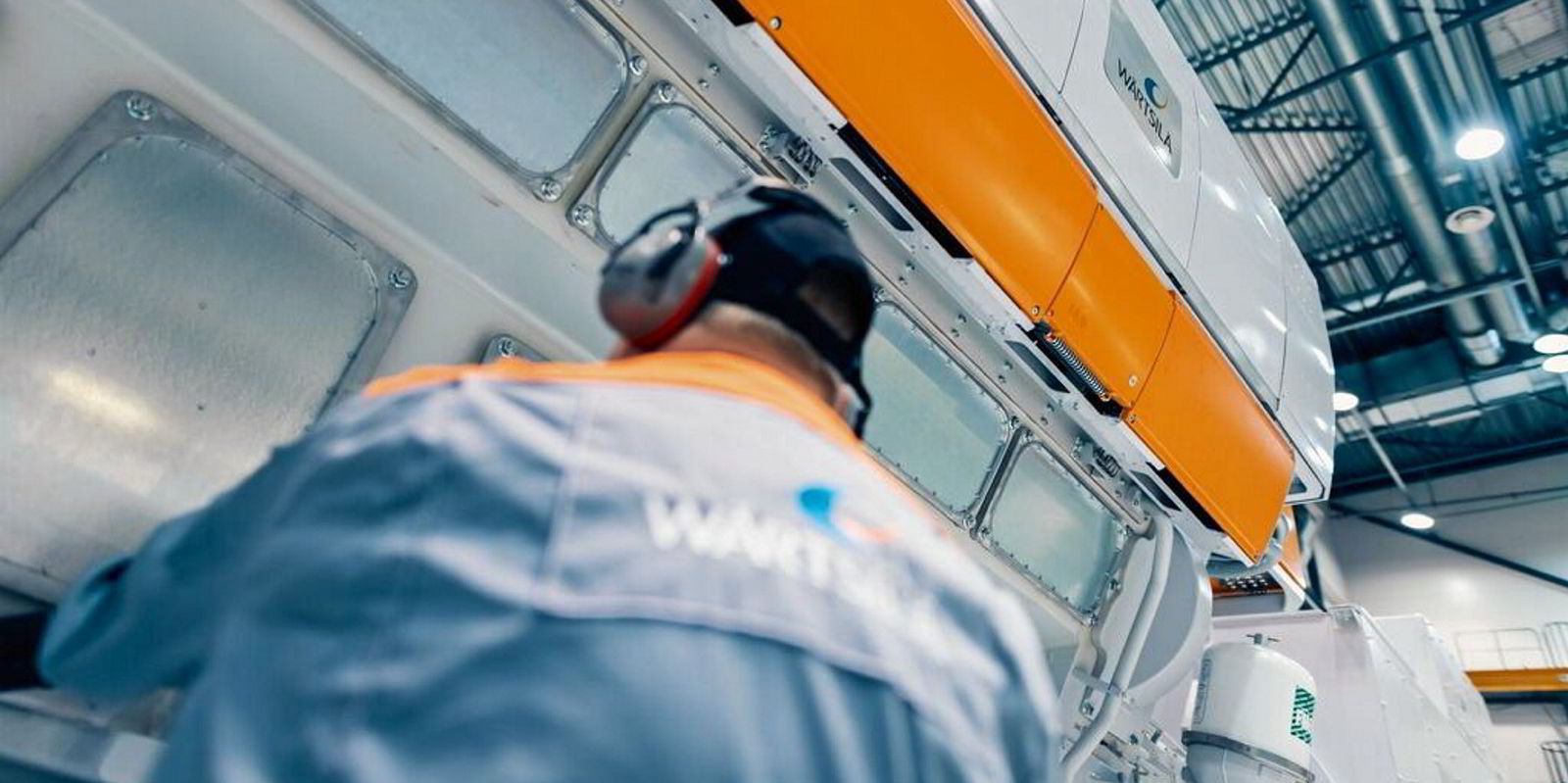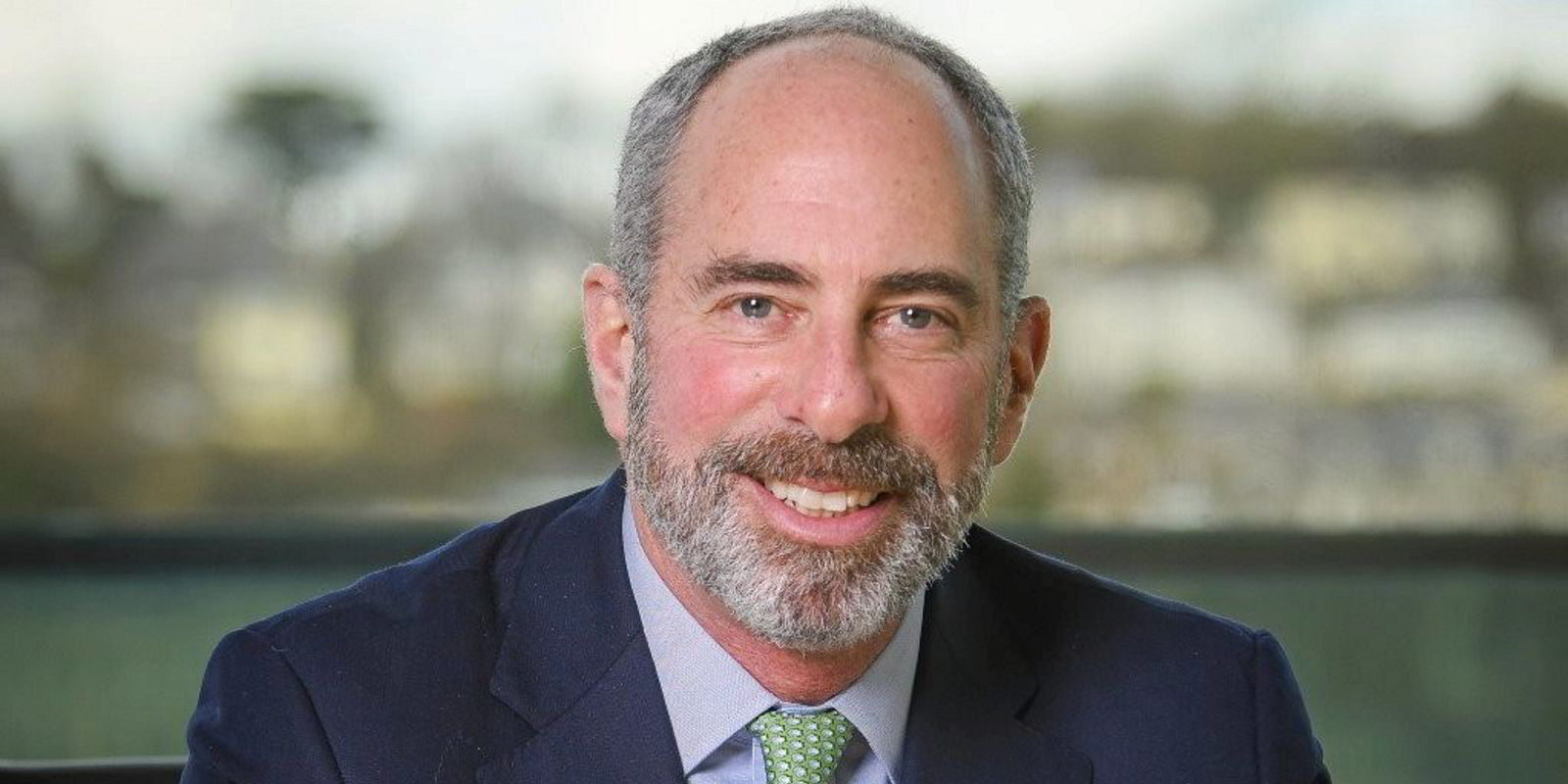Shipowners should have a back-up plan in case of teething troubles with alternative fuel supply, Bo Cerup-Simonsen believes.
The chief executive of the Maersk Mc-Kinney Moller Center for Zero Carbon Shipping told TradeWinds that shipping faces a big challenge to meet its decarbonisation targets and is in the early stages of transition.
“Energy efficiency will take us far, but it will not take us anywhere near [where] we need to be 10 years, not to say 20 years, from now,” he said.
Ultimately there needs to be a big take-up of green fuels, he argues, and scaling-up efforts for supply have to start now.
The Maersk-backed centre has been involved in preparation work for this, and he promised more detailed analysis of how it can be achieved next year.
“We can anticipate along the way some imbalances between supply and demand,” he said.
“This is why it’s a good idea to have a dual-fuel engine, so you can always have a Plan B, a fall-back position to run on fossil if you can’t get your hands on green fuels.”
It is also important to communicate to producers that the demand is there, as other industries also try to source zero-carbon fuels.
The centre’s latest report zeroes in on four fuels that are already available, or soon will be: biofuels, methane, methanol and ammonia.
Tearing down the barriers
Cerup-Simonsen described hydrogen and nuclear power as more long-term propositions.
“We are excited about many things,” he told TradeWinds.
The centre is working on removing safety barriers for the use of highly toxic ammonia on ships, aiming to demonstrate how it can be safely stored and managed.
“It takes really solid work to ensure that safety levels are maintained, but I think it’s doable,” Cerup-Simonsen said.
Shipping has implemented these kinds of measures in the past, for example when LNG was first used as a fuel, he pointed out.
This involved developing standards, guidelines and sensor technology.
Big ships by 2030
The CEO expects the first ammonia ships by mid-decade on a small scale, and then bigger vessels towards 2030.
“The overall objective for us is to enable sustainable and scalable fuel pathways,” he said.
The centre is gaining traction for its work on green corridors that will provide fuel infrastructure to guarantee supply between ports.
Its blueprints for how to make these work have been “tremendously welcomed by the community”, Cerup-Simonsen said.
Work is progressing on six major potential corridors, including Rotterdam to Singapore, Australia to Japan and routes in northern Europe.
“That is super exciting,” he added.
The centre has also worked with Chile’s government on tapping into its huge solar and wind power potential to produce and export green fuels.
Cerup-Simonsen views the country as a future “superpower” in the sector.





